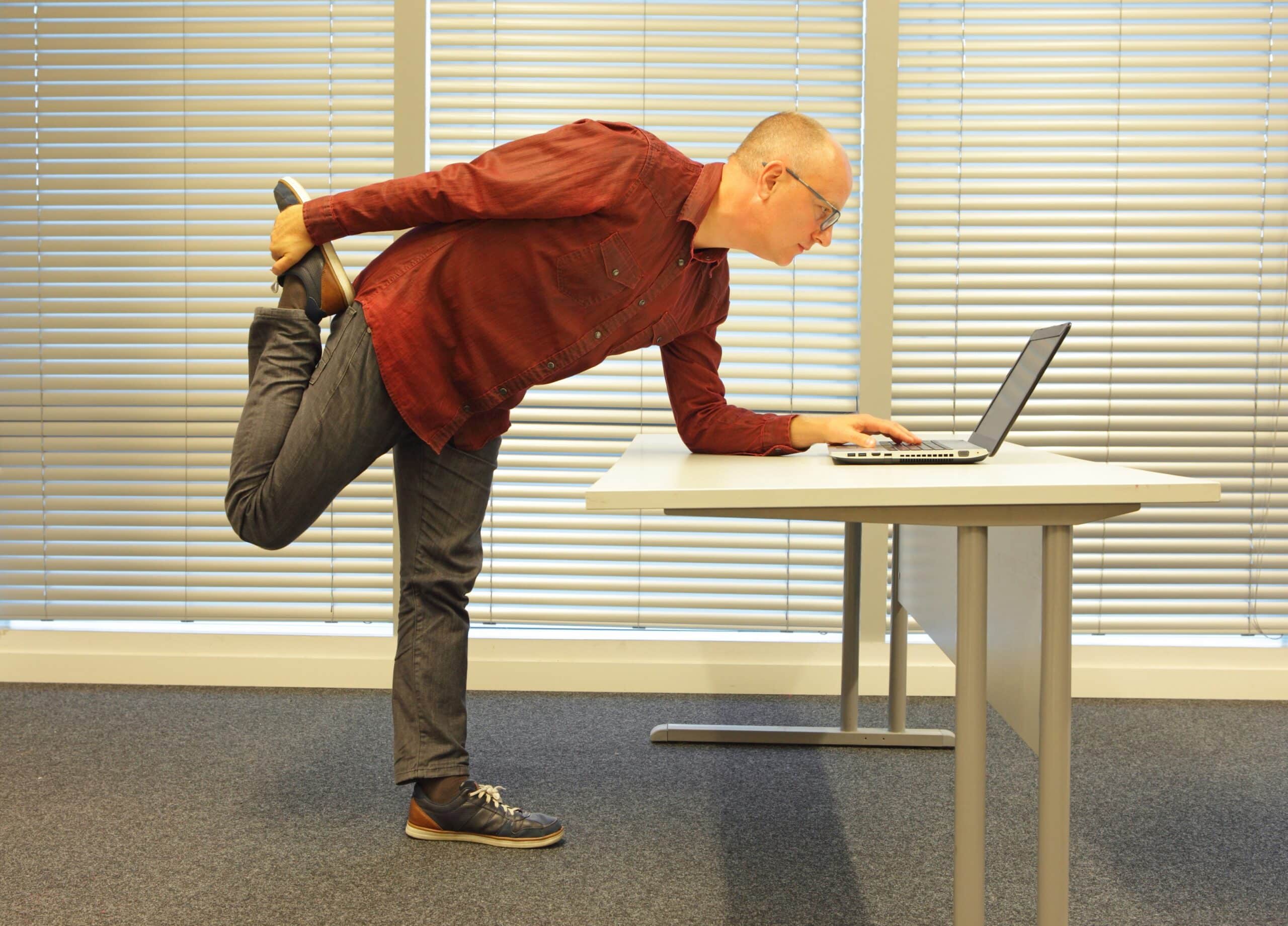Most people spend over half of their waking hours spent sitting on a chair or sofa, the more you sit the more the large muscles are not using glucose. In basic terms, this uninterrupted sitting can cause blood sugar levels to increase which triggers the release of insulin and over time these sedentary habits cause the body to become less sensitive to insulin resulting in insulin resistance that promotes inflammation which is a key player in the build-up of fatty plaque inside the arteries.
Studies suggest that sedentary behaviour may change the activity of dozens of genes including the gene that is responsible for making lipoprotein lipase enzyme that helps to break down fat so it can be used for energy or stored in the body. Preliminary evidence from a rat study shows that when the animals were prevented from moving their LPL levels decreased, and this is a change that may contribute to the increased risk of heart disease.
The body of evidence regarding the harms of uninterrupted sitting and the benefits of breaking it up has been accumulating for years, which in recent years has been assisted by fitness trackers that help to reveal people’s typical activity levels.
Findings from recent studies include:
- Over 2,600 people aged 60 and older reported their typical sitting habits (including a weekday and weekend) and were followed for nine years. Those who sat for an average of about three hours a day were 33% less likely to die of cardiovascular disease during the follow-up period than people who sat for an average of about seven hours a day.
- Among 8,000 people followed for 10 years, those who did light activity instead of sitting for 30 minutes each day had a 17% lower risk of dying in that period, even if they split up that half-hour of activity into periods as brief as a minute each.
- In more than 5,600 women followed for five years, reducing sedentary time by one hour per day was linked to a 26% lower risk of heart disease. Again, the hour of non-sedentary time didn’t have to occur all at once. Short, light-intensity interruptions to sitting were just as effective.
To help break up long periods of sitting there are many ways to add short bursts of activity to your daily routine. If you have been sitting for a long period of time try to do a short set of stretches or exercise like 5-10 legs lifts of squats. You can also keep a stretchy exercise band to use for arm and leg exercises.
Most fitness trackers have alerts that you can set to remind you to get up at least once an hour to stretch and move, but you can also set a reminder on your computer or mobile device to break up extended periods of sitting.
While you are talking on the phone try standing up, walking back and forth or in a circle. This same thing can also be done while doing the laundry. Try parking further away so that you walk to your destination some of the way, take the stairs at least part of the way, and walk to the further water coolers and restrooms.
The average American spends at least 5 hours a day watching tv and this amount increases with age, you could exercise during some of that time by marching in place while swinging your arms and doing some easy stretches to reduce your sedentary time.
A sedentary lifestyle is the equivalent of a sitting disease that will affect heart health. Due to advances in technology, modern lifestyle, and current lockdown restrictions Americans are more inactive than ever. Sedentary jobs have increased 83% since the 1950s and physically active jobs now make up less than 20% of the American workforce according to the American Heart Association, and all of this inactivity is taking a toll on our health.
Sitting for long periods of time is associated with worse health outcomes including heart disease, type 2 diabetes, obesity, and cancer along with increasing the risk of dying from heart disease or other medical problems.
For every 20 minutes or so of sitting try to stand for around 8 minutes and move around for 2 minutes. Try to set a target of 10,000 steps a day. You don’t need to be vigorous to break up sitting time, small changes make a huge difference, just stand up and move those muscles, any improvement will be beneficial.




